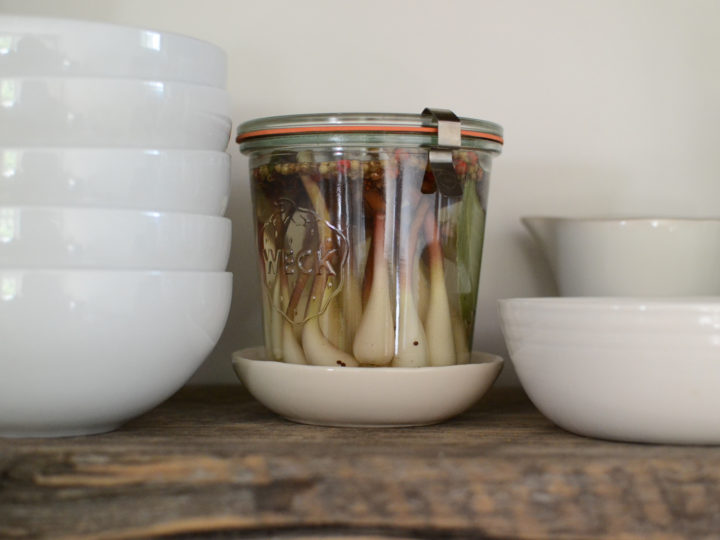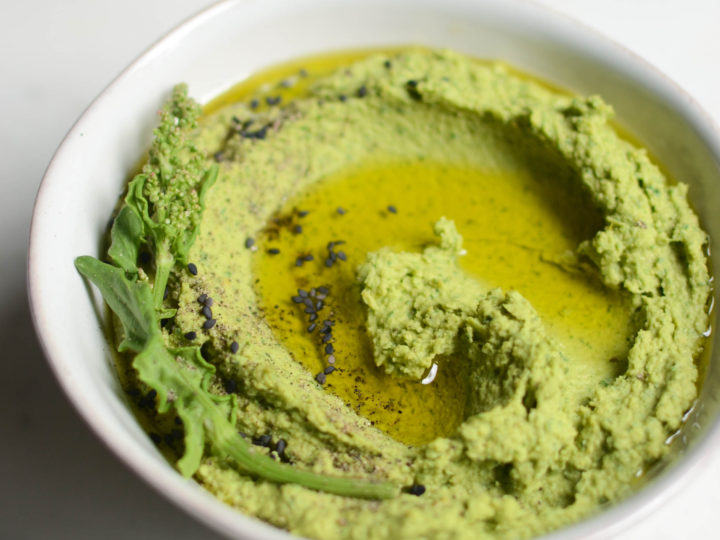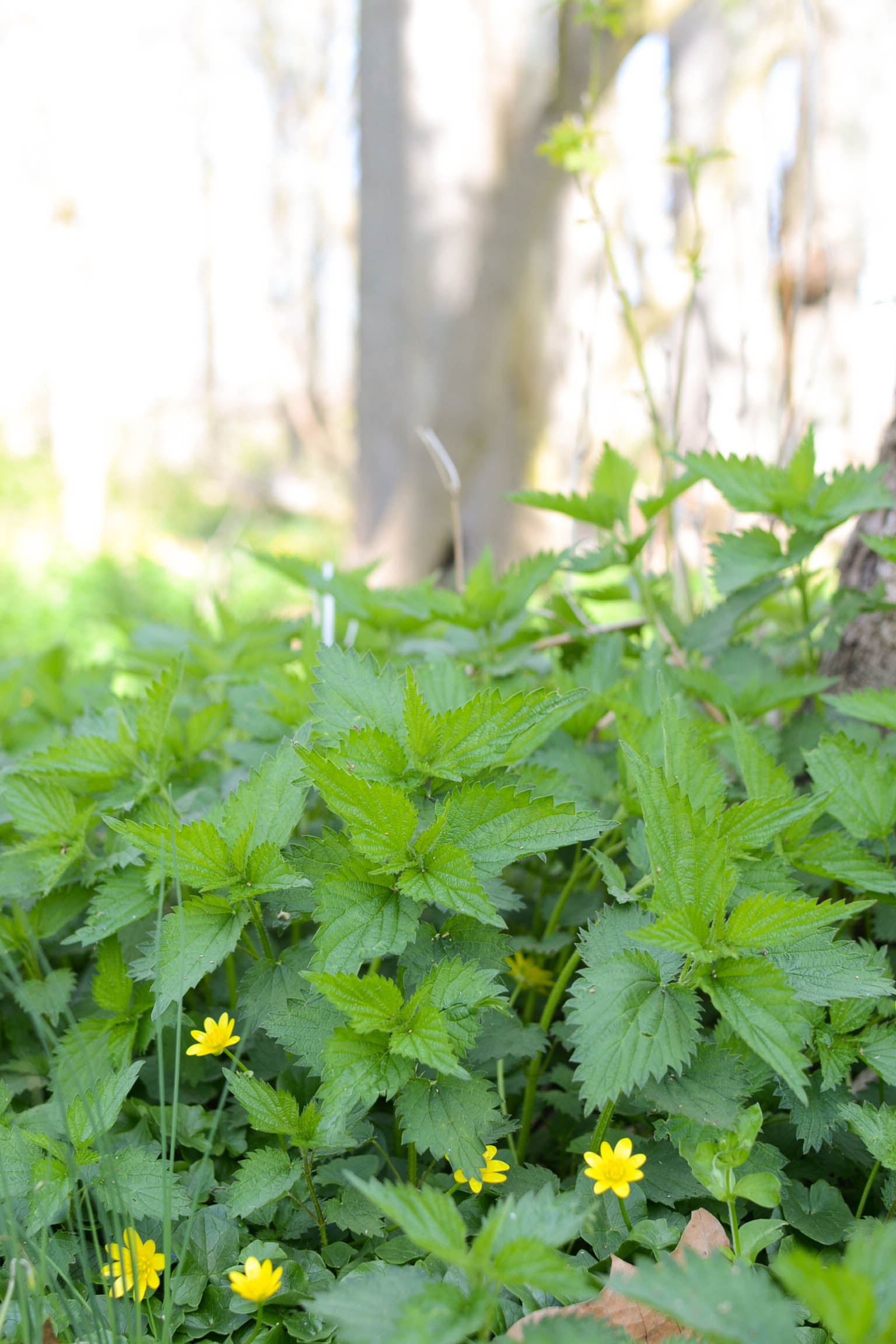
a patch of stinging nettles on the edge of the woods
Did you know edible wild plants and perennials are the most nutrient dense foods you can eat? Think about it, they have to survive on their own, their seeds have to last through harsh winters, there are no humans tenderly giving them compost or picking pests from their leaves, and watering them if there’s a dry spell. They produce natural chemicals to fight off disease, ward off predators and heal themselves. It’s survival of the fittest. Most modern plants have been bred for texture and flavor and in the process have lost a lot of their nutrient content. Wild plants have more micronutrients and phytochemicals than anything you can buy in a grocery store. Not only that, the fruit and vegetables in the supermarket often travel across oceans to reach us and are weeks old before they enter our mouths. If you pick your own food, you can eat it within minutes or hours within harvesting it! We know from hunter-gatherers like the Hadza people in Africa that they have much more diversity in their gut microbiota, which is closely linked to lower risk of disease.
I know some of you are probably thinking this is so hippie and who has time to go hunting in the woods for their own food? Truth is, I’m totally not that type of person either. It all started four years ago when my husband and I happened upon a huge patch of ramps on an evening walk. We had heard that they grew in New Jersey but never really looked for them. Since then, we’ve gone on many ramp hunting adventures and found many more patches. It is a wonderful way to get connected to your environment and teach your children (if you have them) about it too! Children love to see where their food comes from and are WAY more likely to eat it if they helped dig it up and prepare it! If you are lucky enough to live within driving distance of wooded areas, take advantage, take a day and explore!
Today I am highlighting just a few of my favorite spring wild foods but there are also so many I do not mention here like wild mustard greens and Japanese knotweed. Purslane, wine berries, mulberries and blackberries in the summer and grapes, black walnuts and hickory nuts in the autumn. There is plenty of information on the internet about foraging as well as many guide books. Remember not to trespass on private land and be aware of policies on public land. I will warn not to start foraging for mushrooms unless you have studied it extensively with someone who knows what they are doing. Ground mushrooms are especially dangerous so don’t go eating mushrooms from just anywhere! Getting out in nature is a wonderful activity for reducing stress as well as diversifying your microbiome (post on that coming soon!).

a patch of ramps in a deciduous forest
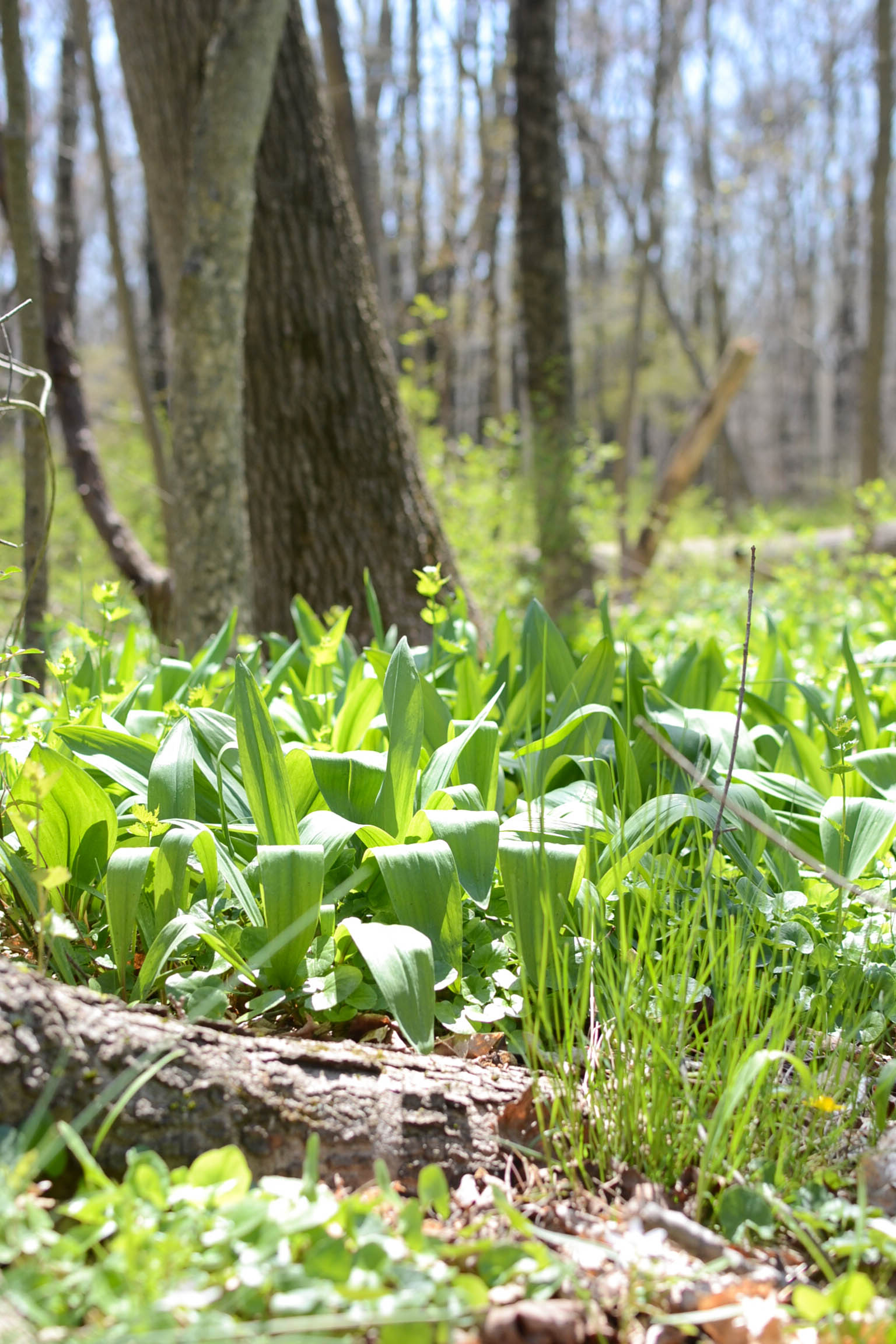
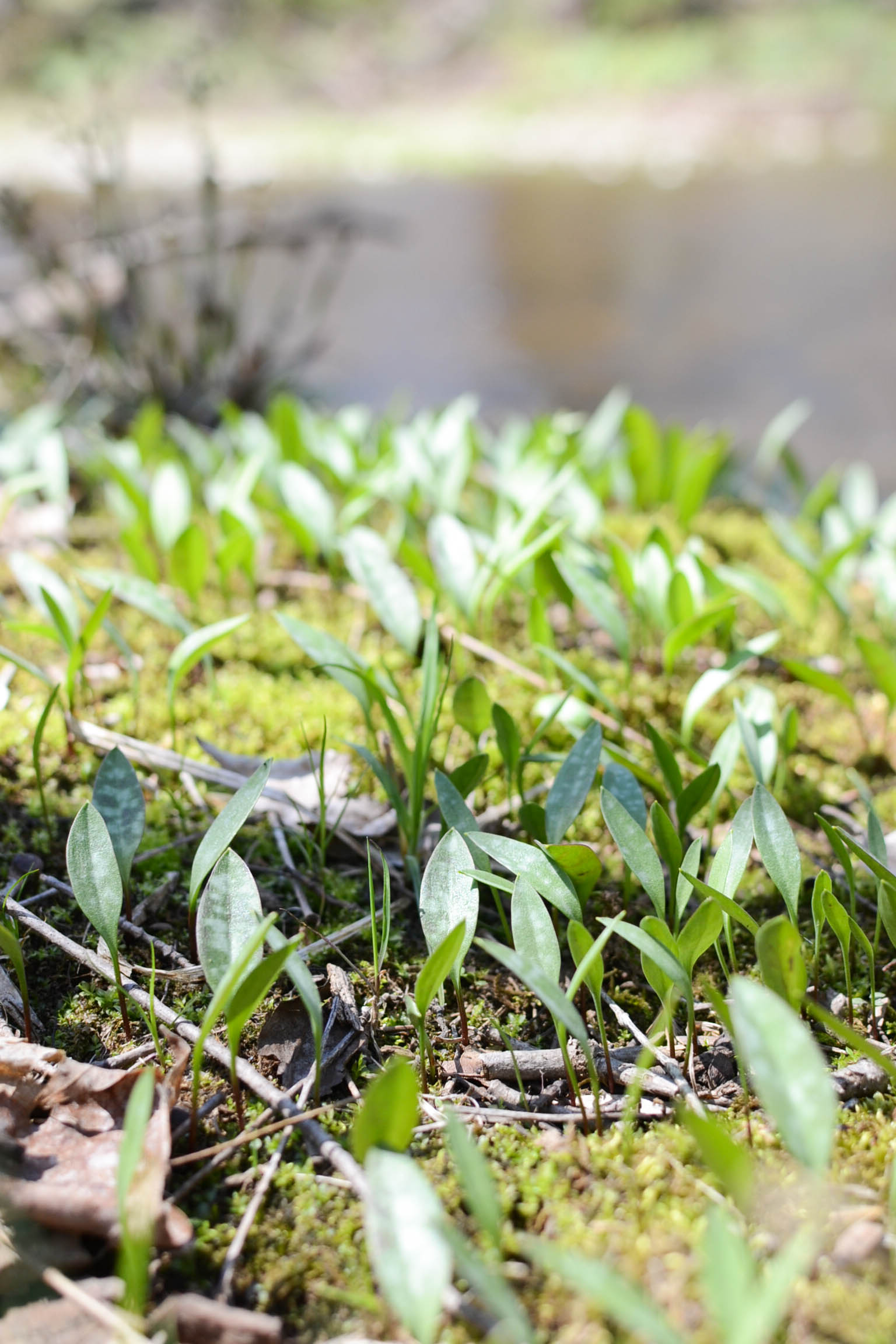

trout lilies growing by a river
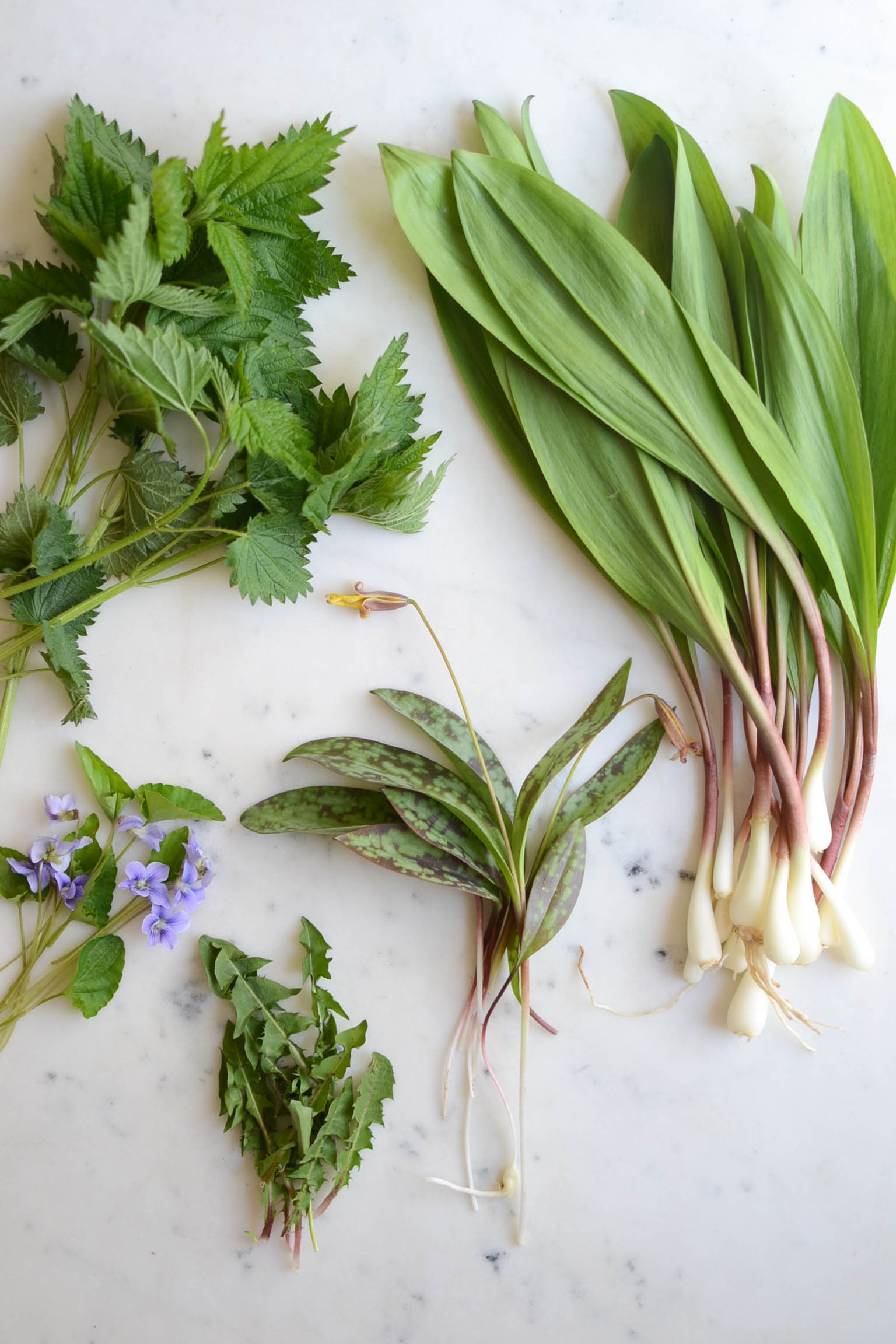

RAMPS – Ramps are wild leeks that grow in April in eastern North America in deciduous forests (meaning trees that lose their leaves). They are one of the first plants to grow in the spring (along with skunk cabbage) so they are easy to spot. They have 1 to 3 broad leaves measuring 1 to 2 1/2 inches wide and 4 to 12 inches long. When the weather gets hot in May, they become too oniony and the leaves will begin to yellow. They tend to grow near streams and rivers, often on rocky slopes. They are wonderfully sweet when roasted and are delicious pickled and made into pesto and sauces! Be very mindful when foraging for ramps as they are over harvested and slow to reproduce. If you are taking the bulb, you should never harvest more than ten percent of any patch in a season. Cutting off the leaves only and leaving the bulb in the ground is the most sustainable way to harvest ramps. Consider only taking the leaves if you think others may also know about the patch. My husband and I have found several patches over the years and will only harvest where we know no one else knows about it. Make sure you bring a small trowel along with you for the whole ramp or scissors for the leaves.

TROUT LILIES – Trout lilies grow in similar areas as ramps in April and die off when the weather becomes hot. They grow in colonies and also have a small bulb which is edible. Named after brook trout, their leaves resemble the same speckled markings as the fish. My favorite part of the trout lily is the flower which is wonderful eaten raw on a salad or on top of avocado toast. I have read that they are known to have contraceptive properties, so just to be safe do not eat them if you are trying to conceive.
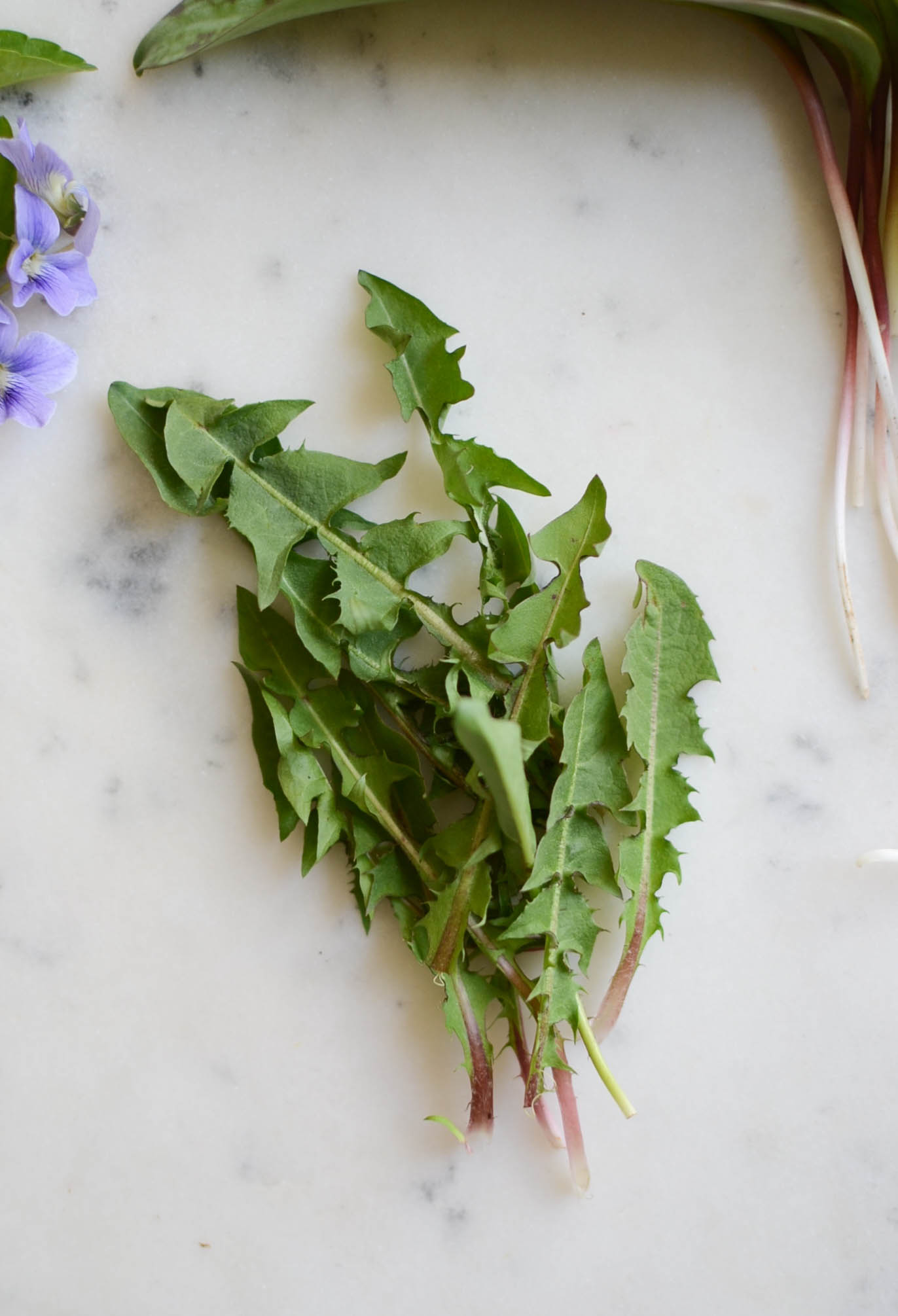
DANDELION LEAVES – Those pesky dandelions, they will grow anywhere and everywhere and that’s because they are resilient superfoods packed with cancer fighting antioxidants, vitamins and minerals. In early spring when the leaves are small and before they have shot up a flower, they are not as bitter and can be tossed in salads, cooked or thrown into smoothies. Make sure not to pick them from areas that may have been treated with chemical fertilizers, weed killers or pesticides.
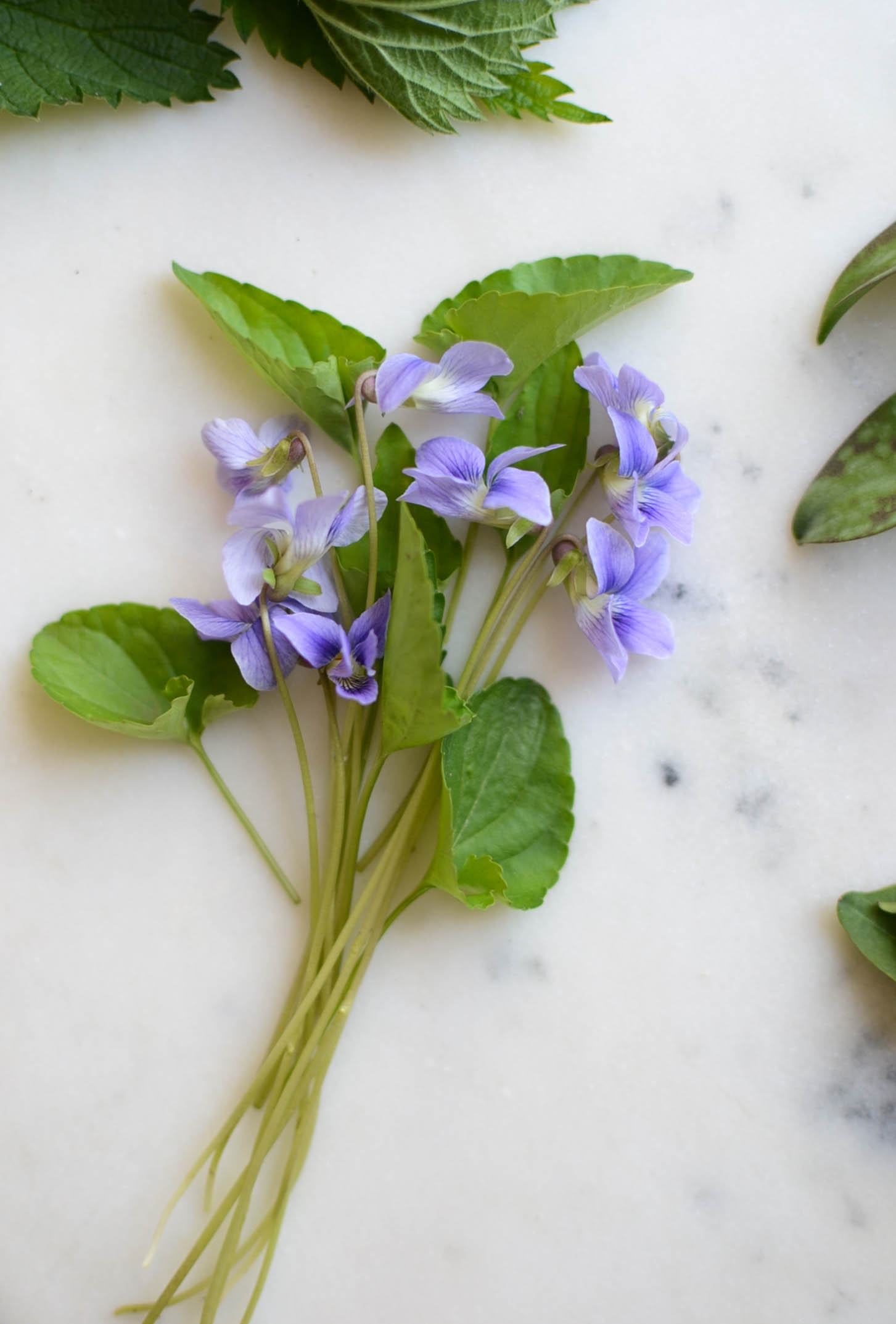
VIOLETS – The violet is the New Jersey state flower and grows practically everywhere in the spring, most likely in your backyard! They like shady areas, grow close to the ground, and range from dark purple to white with light purple running through the petals. They contain the highest concentration of vitamin C of any tested plant and yes, they are edible, even the leaves! Top your smoothie with them or toss them in a salad! Make sure not to pick them from areas that may have been treated with chemical fertilizers, weed killers or pesticides.
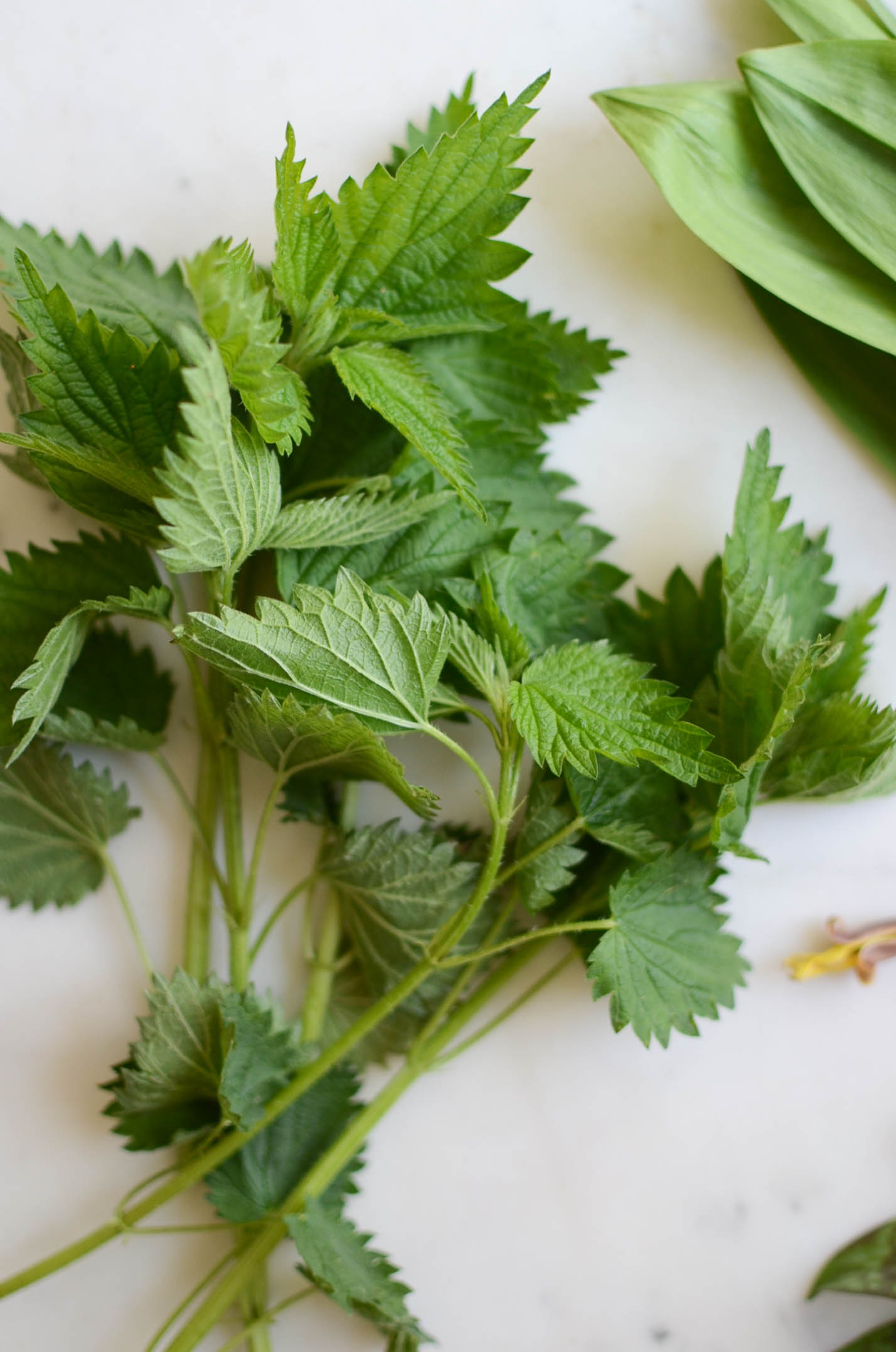
STINGING NETTLES – Stinging nettles are another amazing edible gift of spring! Their health benefits range from natural allergy remedy, to general diuretic, to reducing joint pain, eczema treatment and even to reduce bleeding after dental surgery. They typically grow in patches along the edge of forests. You’re probably wondering why they are called stinging nettles, and that is because, yes, they do “sting” you. At the base of the fine hairs covering the plant is a sack of formic acid which is quickly injected into the unsuspecting harvester. Wear gloves to handle them raw and as soon as you blanch, cook or dry them, they will no longer sting you! Wonderful in frittatas, pesto and steeped for tea.

